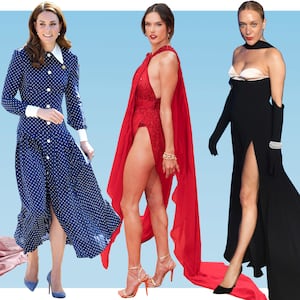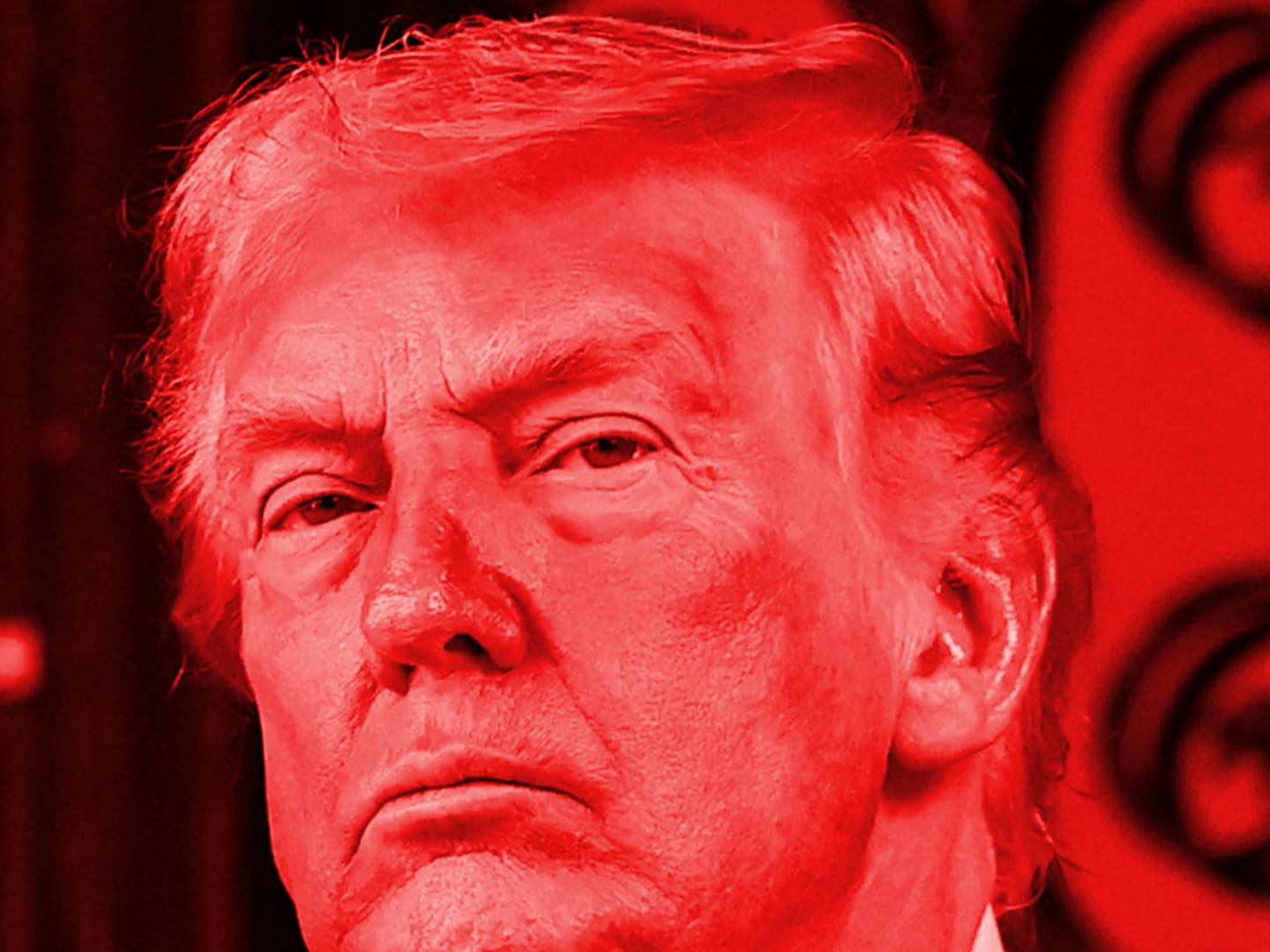The first Cannes Film Festival was held in 1946, and seventy years later, celebrities still show up dressed as Hitchcock starlets and matinee idols.
Victoria’s Secret models step onto the red carpet wearing yards of tulle to channel old Hollywood glamour (and maybe shield themselves from probable ex Leonardo DiCaprio). Indie director Jim Jarmusch trades in his usual cotton button-up for a suit and tie. Even the paparazzi wear tuxedos while yelling and straining to get their shots.
Cannes, which lasts 11 days but feels like an endless merry-go-round of schmoozy dinners and private yacht parties, has earned a reputation as the glitziest film festival in existence. The infamous dress code insists women wear heels to premieres and that men suit up, too.
It is a red carpet that a few years ago could have been art directed solely by Georgina Chapman of Marchesa, ex-wife of Harvey Weinstein and a designer known for making very expensive adult Disney princess costumes and calling it fashion. Though Marchesa has been absent from this year’s festivities, there are still plenty of lookalikes.
Indian actress Deepika Padukone wore a pastel green Dundas dress that was voluminous enough to suffocate any poor assistant who got within five feet of its skirt. The Thai model Peechaya Wattanamontree chose a tiered periwinkle gown by Tunisian fashion designer Ali Karoui. Her skirt's pillowy texture looked like it weighed more than an entire class of preschoolers.
And then there were the ‘fits of 21-year-old Elle Fanning, who I presume spends the other 51 weeks a year that are not Cannes plotting her French Riviera fashion domination.
Unlike most of us, who go on vacation and end up wearing the same t-shirt again and again near the end of our trips, Fanning’s carousel of clothes get better with every new appearance.
One fitted corset gown—or what Fanning called her “1950s Prada prom dress”—was so tight that it caused her to faint at a Chopard dinner party.
Her pièce de résistance was technically three Dior pieces worn to the premiere of Once Upon a Time in Hollywood. In a black straw hat, transparent pussybow blouse, and nipped-waist navy blue tulle skirt, Fanning resembled a film noir siren. Husbands with hefty insurance policies, beware.
But for all this vintage excess, this year’s Cannes red carpet has also seen its fair share of transgressive moments. In typical French girl fashion, actual French girl Marion Cotillard has seemed to revel in challenging the stringent Black Tie dress code—twice.
First, Cotillard wore a black Chanel crop top and long skirt to the premiere of La Belle Epoque. She must have had fun baring her belly button, because one day later the actress was back at it in black shorts, a matching mini shirt, and a Balmain kimono. (Don’t worry, Cannes dress code sticklers: she still wore stiletto boots with her casual ensemble).
Duckie Thot also wore shorts to the premiere of Once Upon a Time in Hollywood, but her floral-printed hot pants were layered under a sweeping skirt made by Vivienne Westwood. Thot may have been surprised to see that Leomie Anderson opted for a similar style in a bejeweled bodysuit/skirt number by Rami Kadi.
Margot Robbie paid homage to Sharon Tate in a very swinging ‘60s sequined tank top and black pants from Chanel, which featured not only a very girly bow but also a pink rose corsage for good measure.
At the Rocketman premiere, Sara Sampaio outdid even Sir Elton himself in a caped silver tuxedo from Rami Kadi. Likewise, the Polish model Anja Rubik wore a black satin pantsuit from Yves Saint Laurent and some very hardworking fashion tape, as she wore no shirt under her blazer.
Parisian DJ Kiddy Smile twice ditched the tuxedo requirement. At the premiere of Atlantiques, the first film to screen at Cannes directed by a black woman, Smiles donned a jumpsuit covered in with iridescent confetti, with a mesh v-neck cut down to his navel.
The next day, Smile ascended the steps at Cannes in a floral tent dress that matched his fiery orange hair. He told Vogue that he was stopped by a “protocol officer” who asked if the gown was a “traditional African outfit.”
As Smile said, “It’s just hilarious to me that if you’re a black person, and you wear something that looks like a gown, people are going to ask you if it’s a traditional outfit.”
Though the gender-free look caused some door drama, with a security guard almost not letting the DJ in, Smile ultimately was able to enter the screening of Pedro Almodovar’s Dolor y Gloria.
In the midst of challenging Cannes' status quo, Smiles story shows that the classic Hollywood dream of step-and-repeating in a big, beautiful dress—no matter who you are—is still a worthy fantasy.







